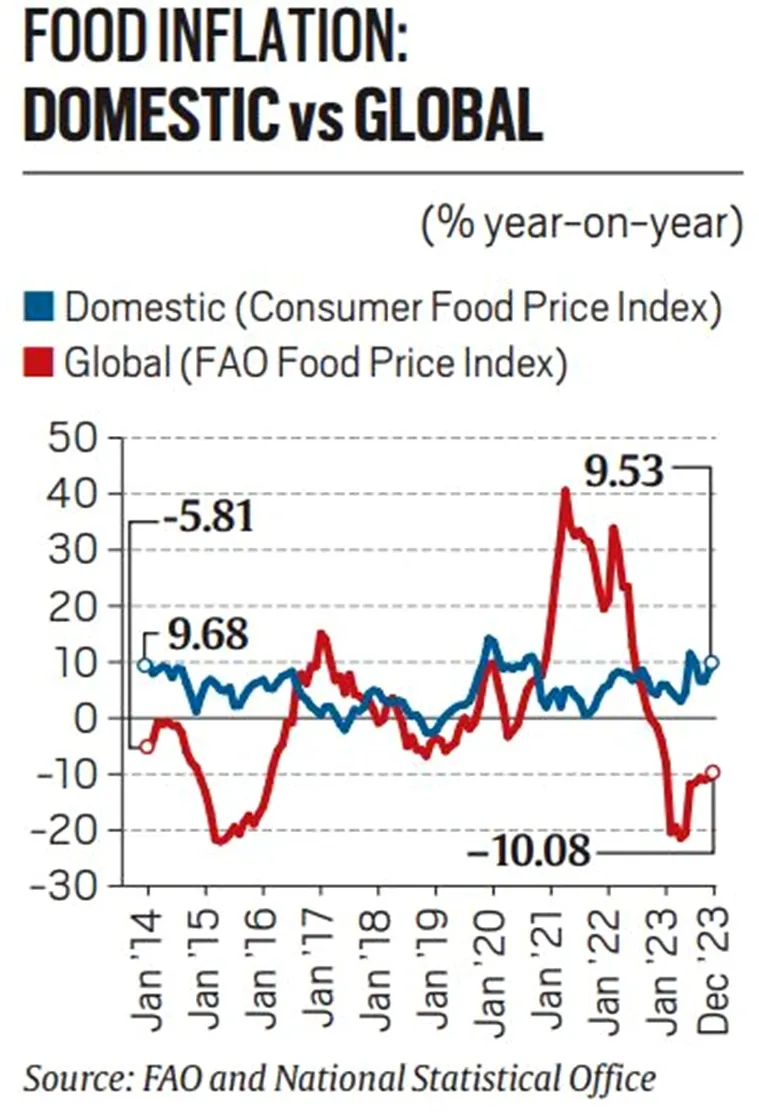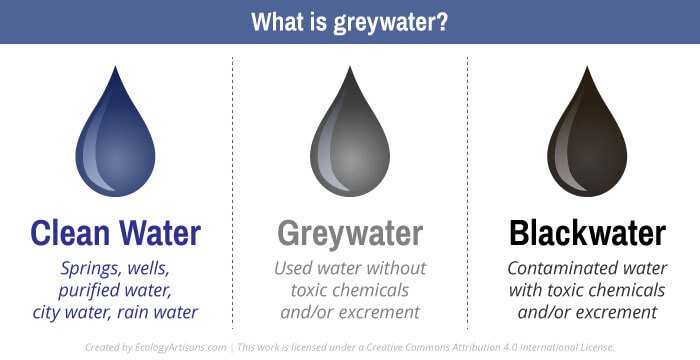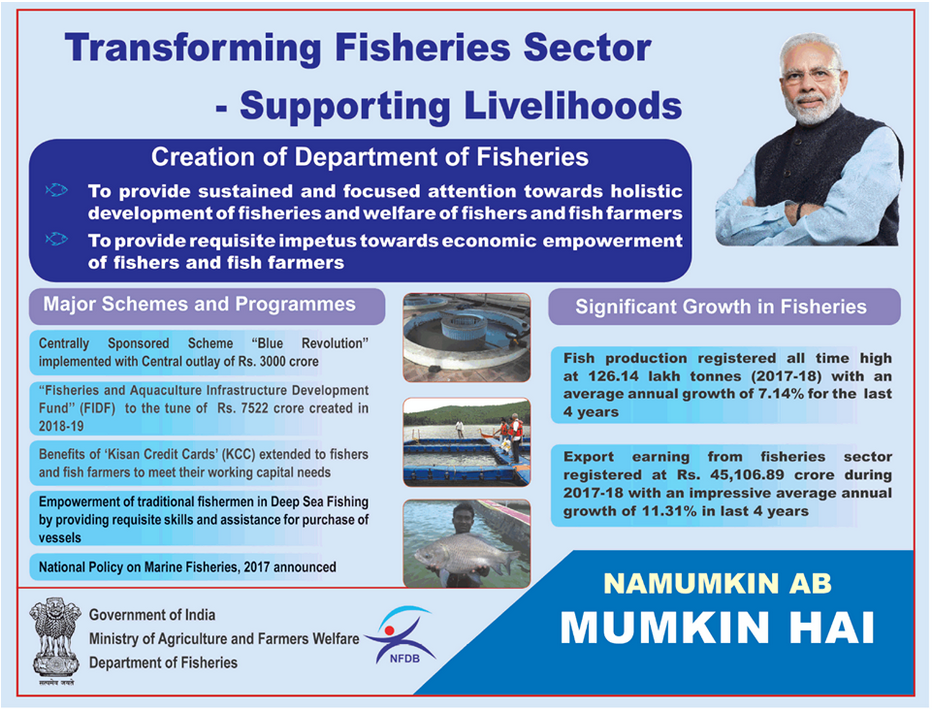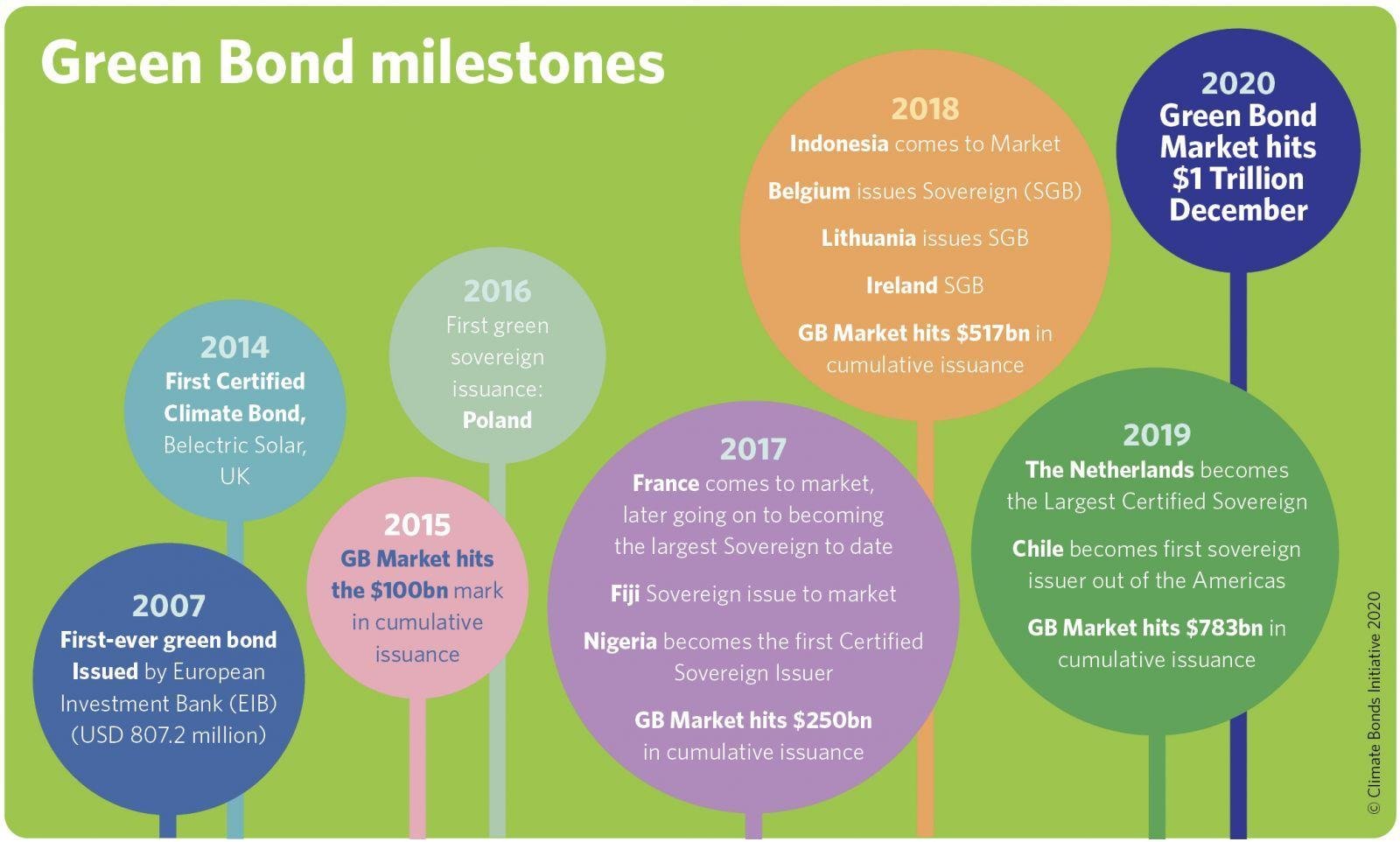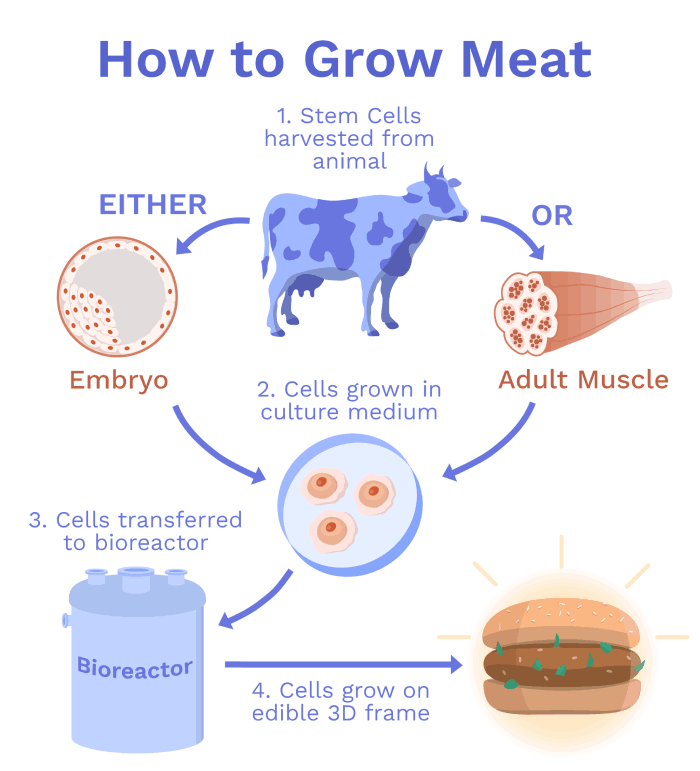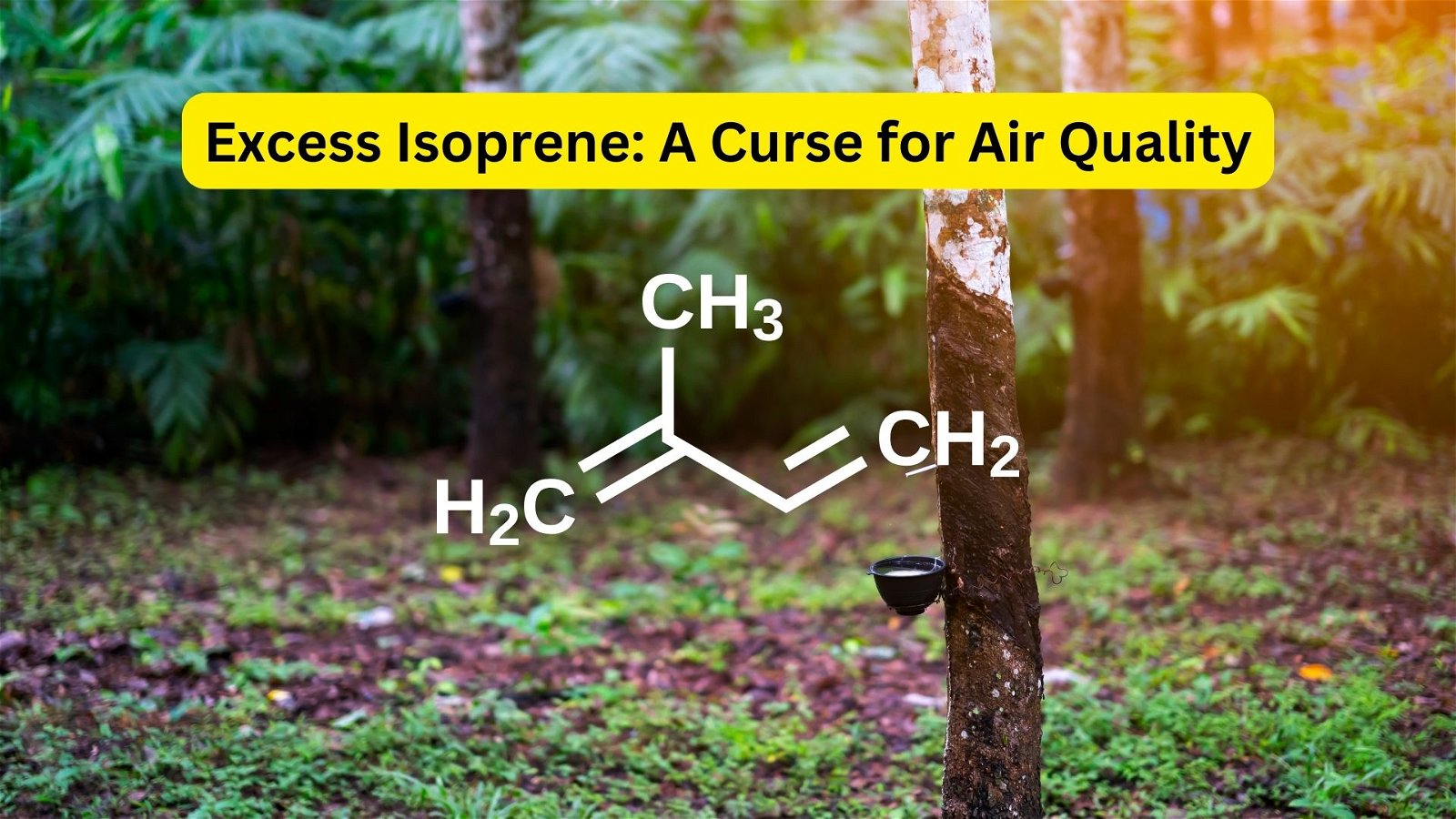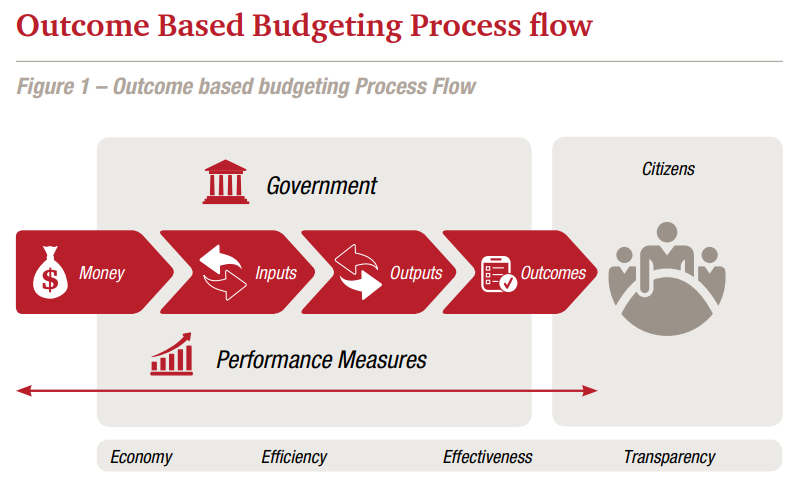
Geoengineering
Subscribers of "Current Affairs" course can Download Daily Current Affairs in PDF/DOC
Subscribe to Never Miss an Important Update! Assured Discounts on New Products!
Must Join PMF IAS Telegram Channel & PMF IAS History Telegram Channel
- Context (DTE): The need for geoengineering.
- Climate engineering, also known as geoengineering, sunlight reduction methods or solar climate intervention, refers to a broad set of methods and technologies that aim to deliberately alter the climate system in order to alleviate the impacts of climate change.
- It was first introduced in the 1830s with proposals to sow clouds to stimulate rain and, later, to modify the path of hurricanes by seeding them with silver iodide.
Methods of Geoengineering
Carbon Dioxide Removal (CDR)
- It aims at removing atmospheric CO2 and storing it in geological, terrestrial, or oceanic reservoirs.
Methods
Bioenergy with Carbon Capture and Storage (BECCS)
- BECCS is the combination of biomass used to generate bioenergy, with CCS to prevent emissions reaching the atmosphere.
- It can provide net atmospheric CO2 removals, unlike the application of CCS on fossil infrastructure.

- Risks associated with BECCS:
- Land competition between biomass production and agriculture, freshwater use and phosphorous for fertilizer,
- Destruction of natural ecosystems for biomass production,
- Consequent diminishing of biodiversity and vital ecosystem services.
- Biomass plantations can also be invasive monoculture crops, which further harm local biodiversity and displace existing ecosystem.
Direct Air Capture with Carbon Capture and Storage (DACCS)
- DACCS combines CCS with chemical processes to capture CO2 from ambient air, which is then stored underground.
- Storage in geological reservoirs or in mineral forms would remove CO2 for up to 1000 years.

Enhanced Weathering (EW)
- It removes atmospheric CO2 by spreading small particles of ground silicate and carbonate rock onto soils, coasts or oceans.
- Rocks containing silicate and carbonate naturally absorb CO2, yet over very slow (geological) timescales.
- By spreading small particles of silicate and carbonate, EW increases the total surface area of the planet that experiences this weathering effect and encourages weathering on surfaces.

- Risks associated:
- Worsened air quality from rock dust spread onto soil
- Degradation of local water quality.
Ocean Fertilization
- It aims to increase the rate at which the ocean draws down atmospheric CO2 and sequesters it in the deep oceans through the growth of phytoplankton.

Solar Radiation Management (SRM)
- It aims to reflect some sunlight and heat back into space by increasing the reflectivity of the earth’s surface or injecting aerosols into the stratosphere.
Methods
Stratospheric Aerosol Interventions (SAI)
- SAI involves the injection of gas in the stratosphere, which converts into aerosols that block some incoming solar radiation.
- IPCC Special Report considered SAI as a fast-acting method to immediately mask climate impacts during a period of emissions “overshoot”, which would increase the time available for mitigation to lower atmospheric CO2 concentrations.

- Risks associated:
- Changing precipitation patterns and air circulation,
- Adverse impacts on monsoon areas in particular, harming agriculture and many ecosystem types.
- Disrupting the chemistry of the stratosphere,
- Affects the length of time of methane storage, the formation of ice, and microphysics of clouds.
Marine Cloud Brightening (MCB)
- It involves spraying sea salt or similar particles into marine clouds, increasing their reflectivity and blocking some incoming solar radiation.
- Risks associated:
- Affect regional rainfall patterns.
- Reduce the intensity of hurricanes.
- Likelihood of minor crop failures.
Cirrus Cloud Thinning
- It seeks to reduce the thickness of ice clouds 4-8 miles (6-13 kilometers) above Earth’s surface.
- Cirrus clouds tend to trap more heat in the atmosphere than they reflect back to space.
- Thinning these clouds could allow more heat to escape from Earth’s atmosphere, producing a cooling effect.
Ethical Desirability of Geoengineering
Distributive justice
- Distributive justice deals with the distribution of goods in society and the norms on how harms and benefits ought to be shared among persons.
- Climate engineering changes the distribution of mitigation across generations, potentially pushing more mitigation onto future generations, coupled with a greater reliance upon CE.
- Greater reliance may unfairly burden future generations with higher decarbonisation costs and higher risks of unjust side effects.
- E.g. When SAI is applied for realising temperature change, termination of the deployment could ‘produce warming rates up to five times greater than the maximum rates under the business-as-usual CO2 scenarios’
- Another aspect of justice is around carbon capture and storage. This is cited as neocolonialism, where humans compensate for their own emissions by pushing people off their lands who are now using the lands for agriculture or their subsistence.
Procedural justice
- Procedural justice challenges appear significant at the implementation stage, where the demands of procedural fairness and stakeholder involvement influence choices about where to implement a particular technique, under what socio-economic regimes or conditions, and at what time.
- The conventional practice of obtaining representative consent looks impractical in a technology with global impact.
Intergenerational justice
- The paradoxical issue in geoengineering is that future generations are forced to bear the brunt of the harm caused by the unnatural ways followed by the current generation.
- This is often termed the risk-transfer argument or responsibility abdication objection.
Moral Corruption
- The availability of CE may encourage self-serving rationalisations among the present generation that they do not need to mitigate more rapidly now.
- It presents the present generation with the possibility of delaying near-term mitigation and “passing the buck” of mitigation onto future generations with greater economic burdens.





![PMF IAS Environment for UPSC 2022-23 [paperback] PMF IAS [Nov 30, 2021]…](https://pmfias.b-cdn.net/wp-content/uploads/2024/04/pmfiasenvironmentforupsc2022-23paperbackpmfiasnov302021.jpg)
